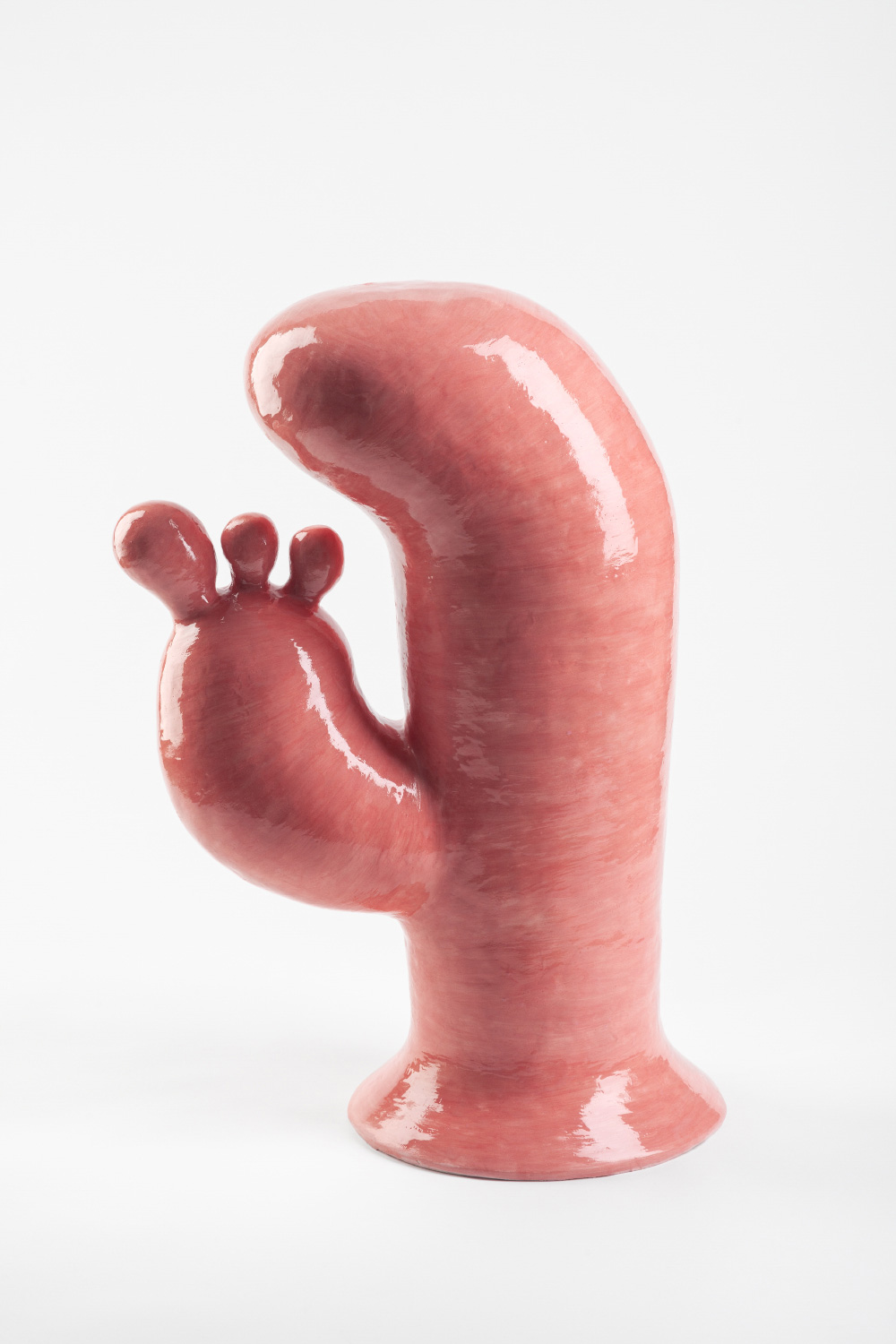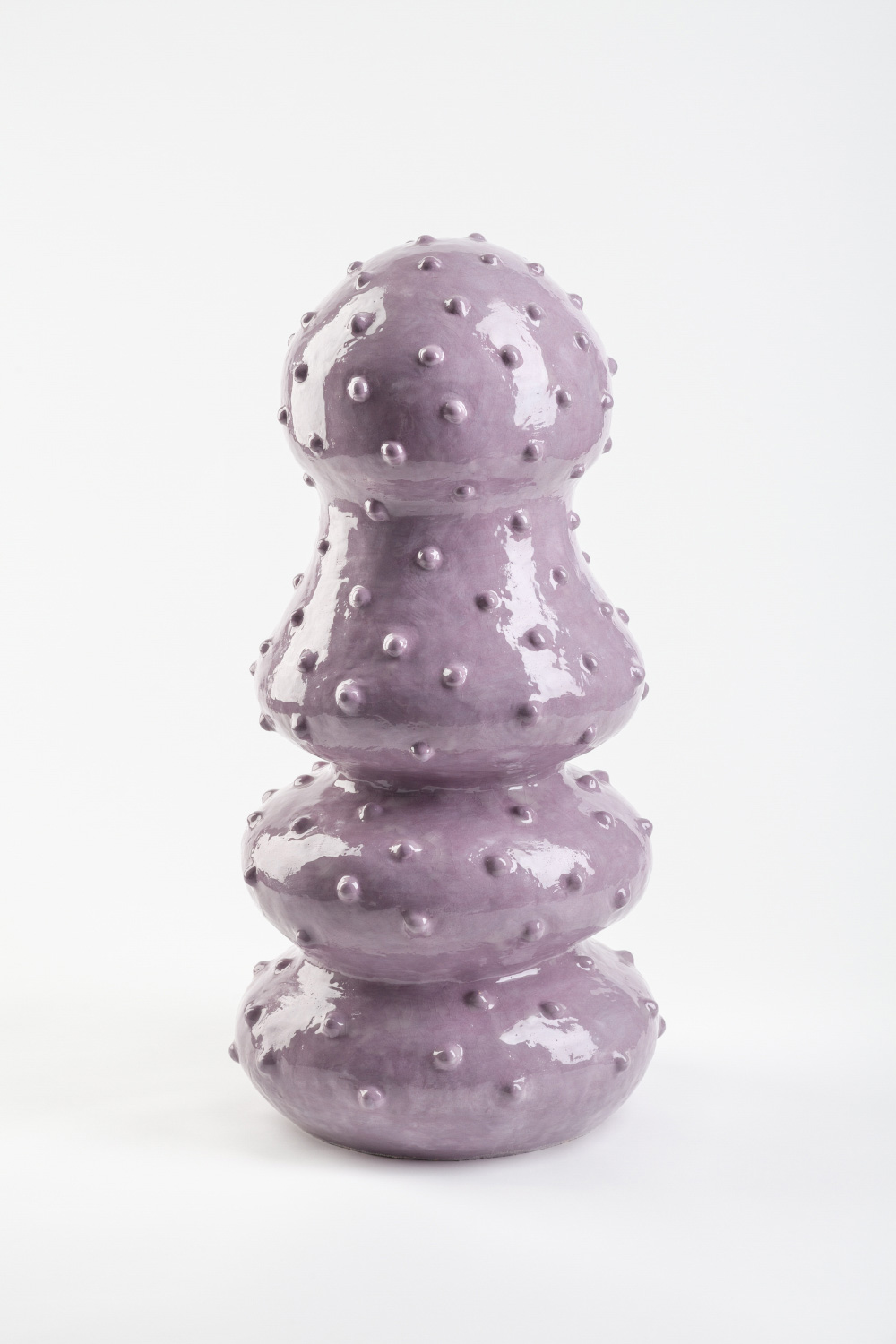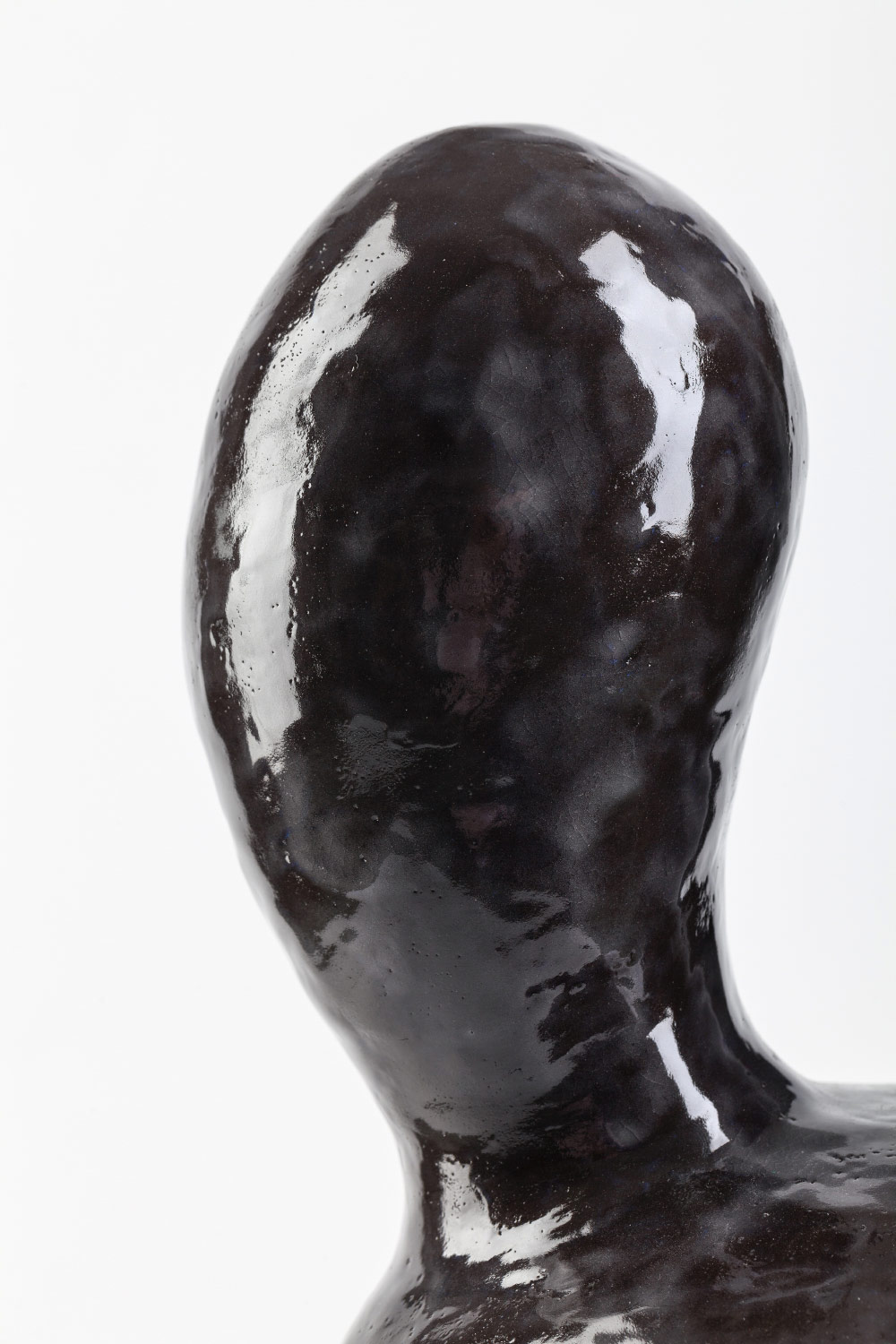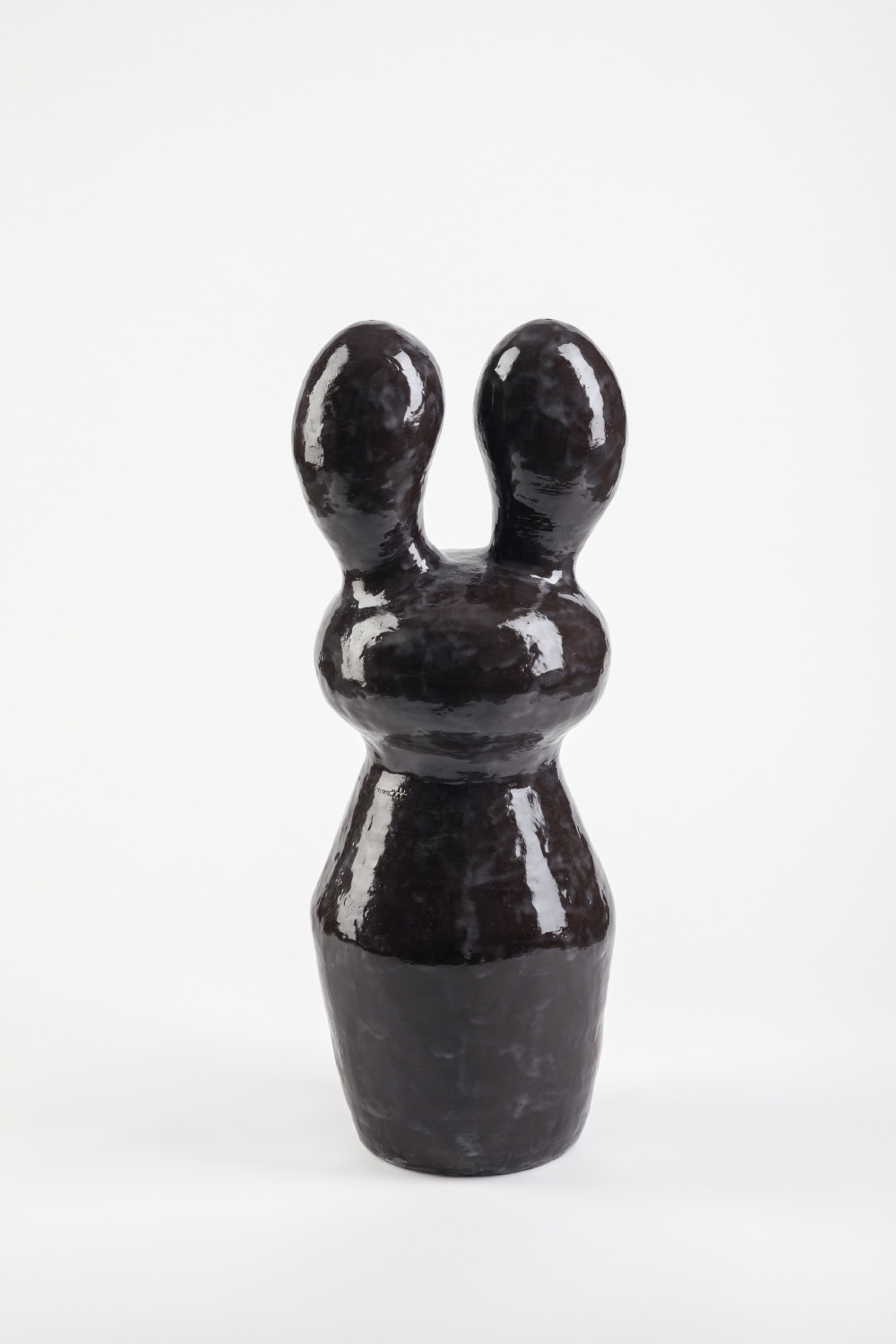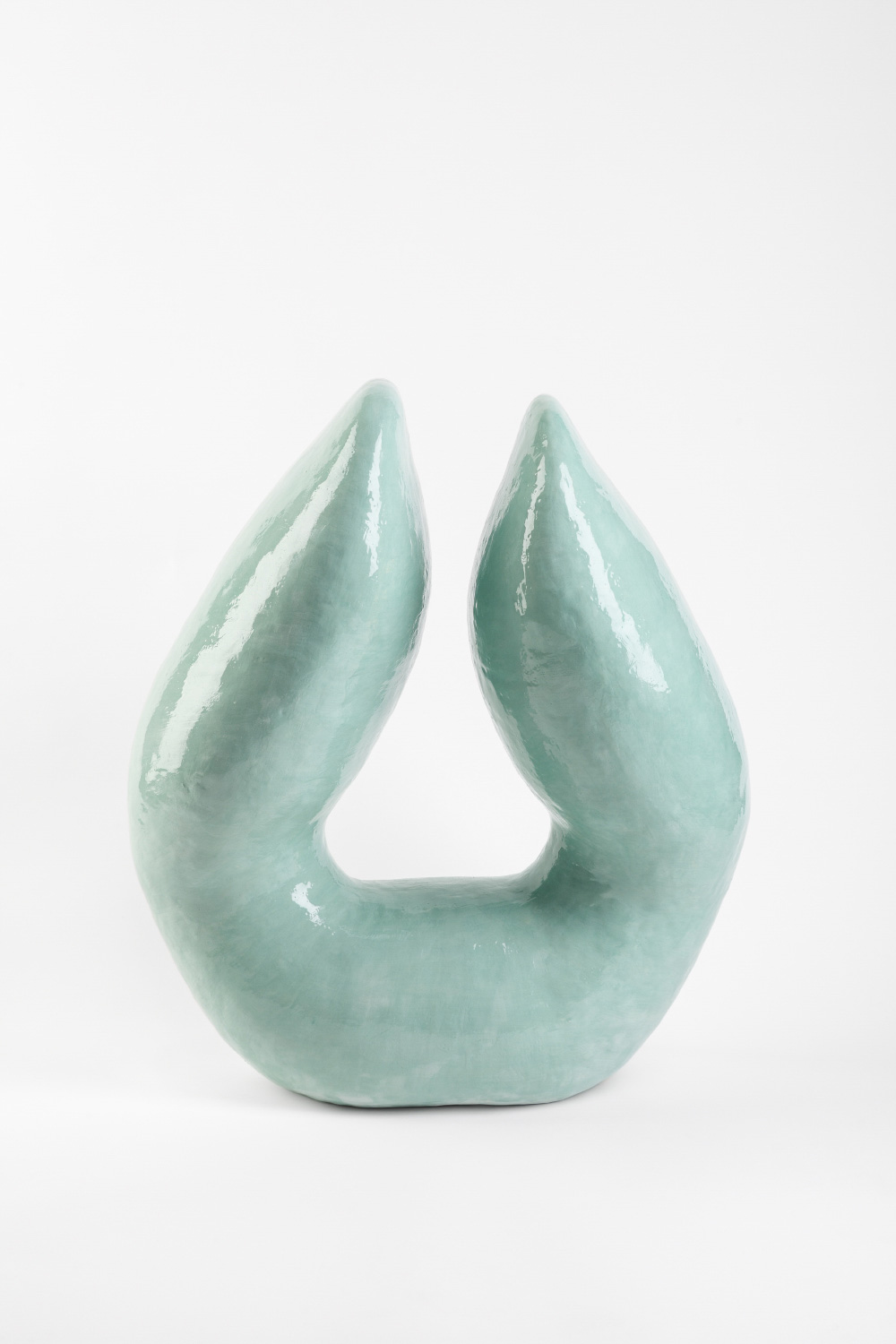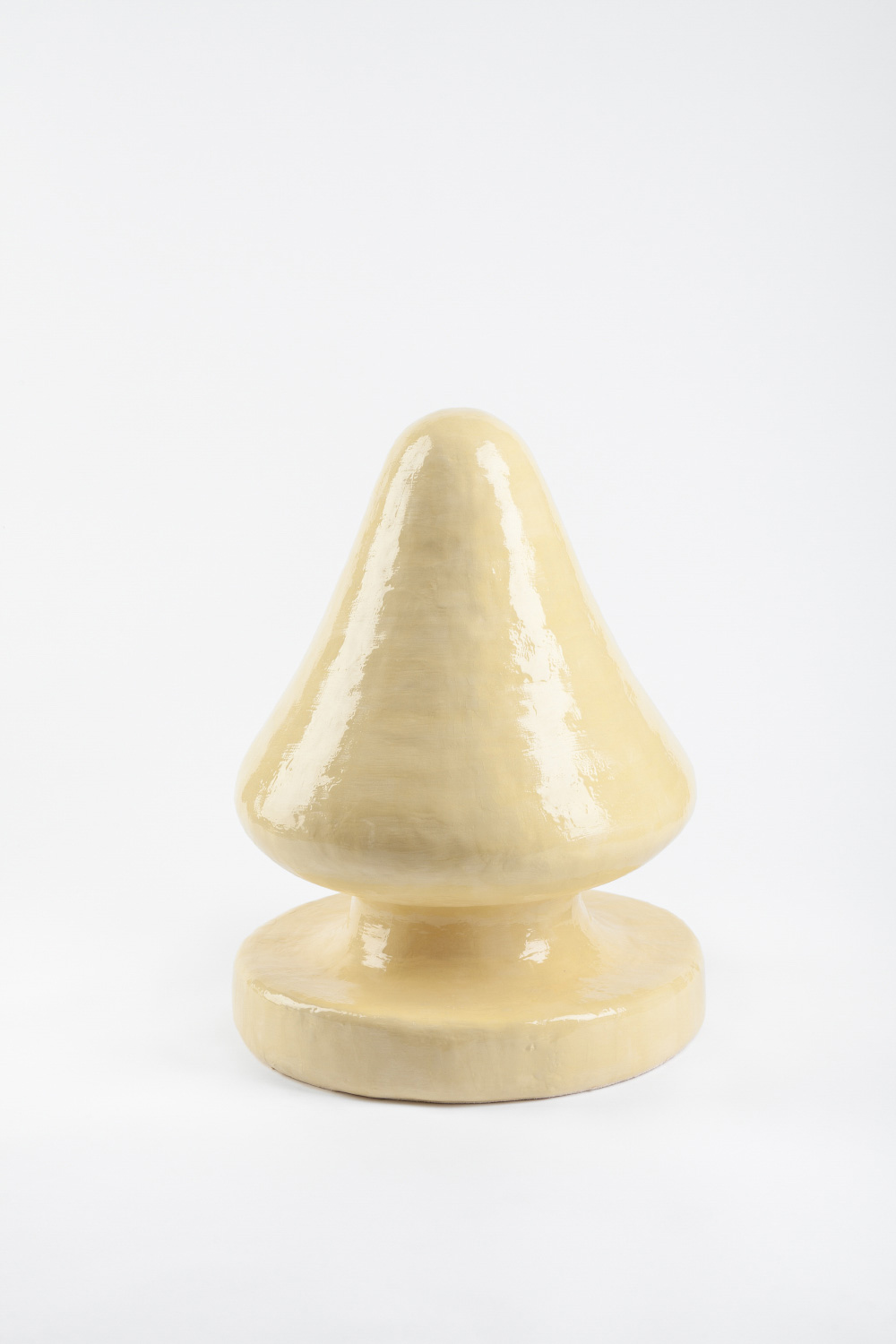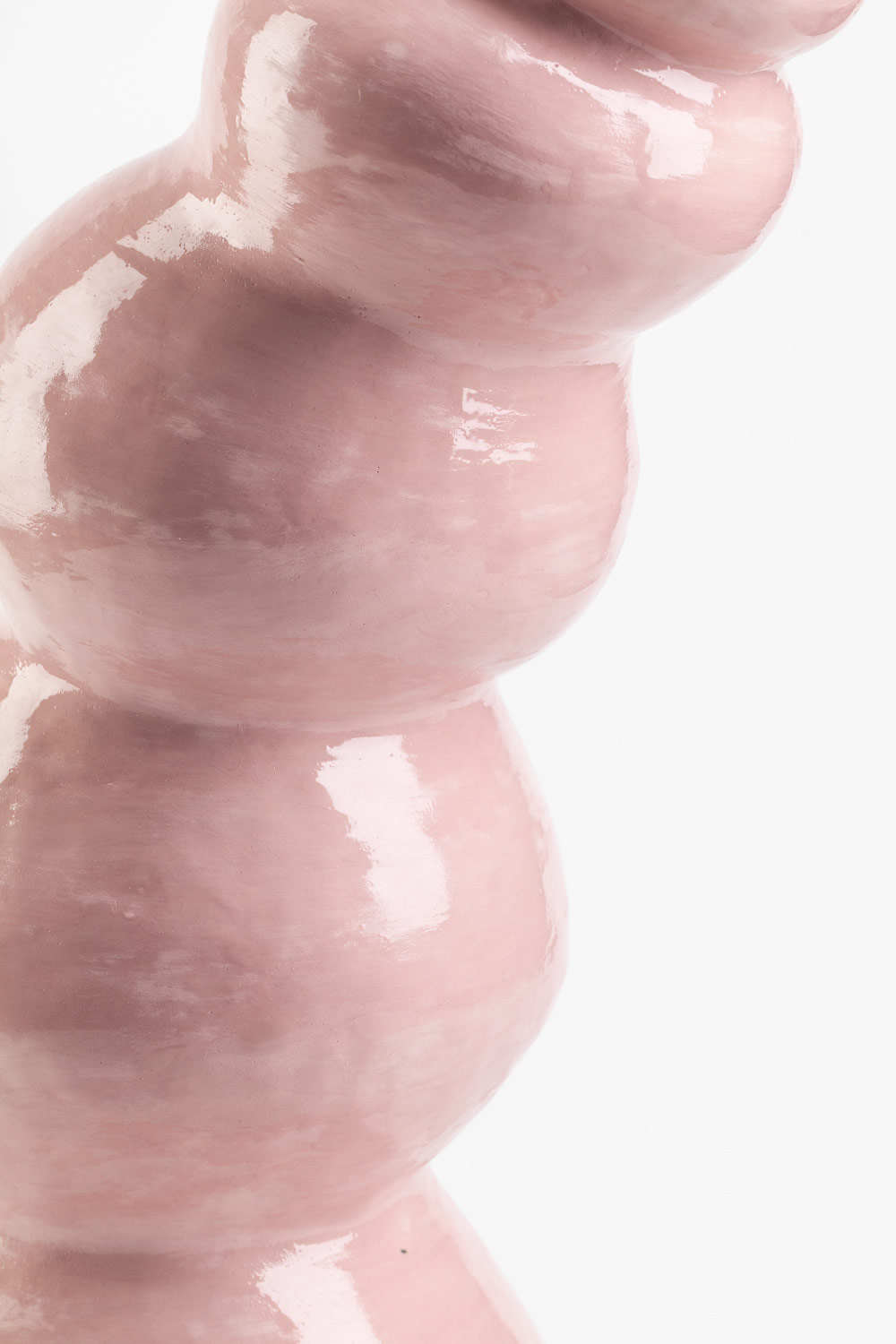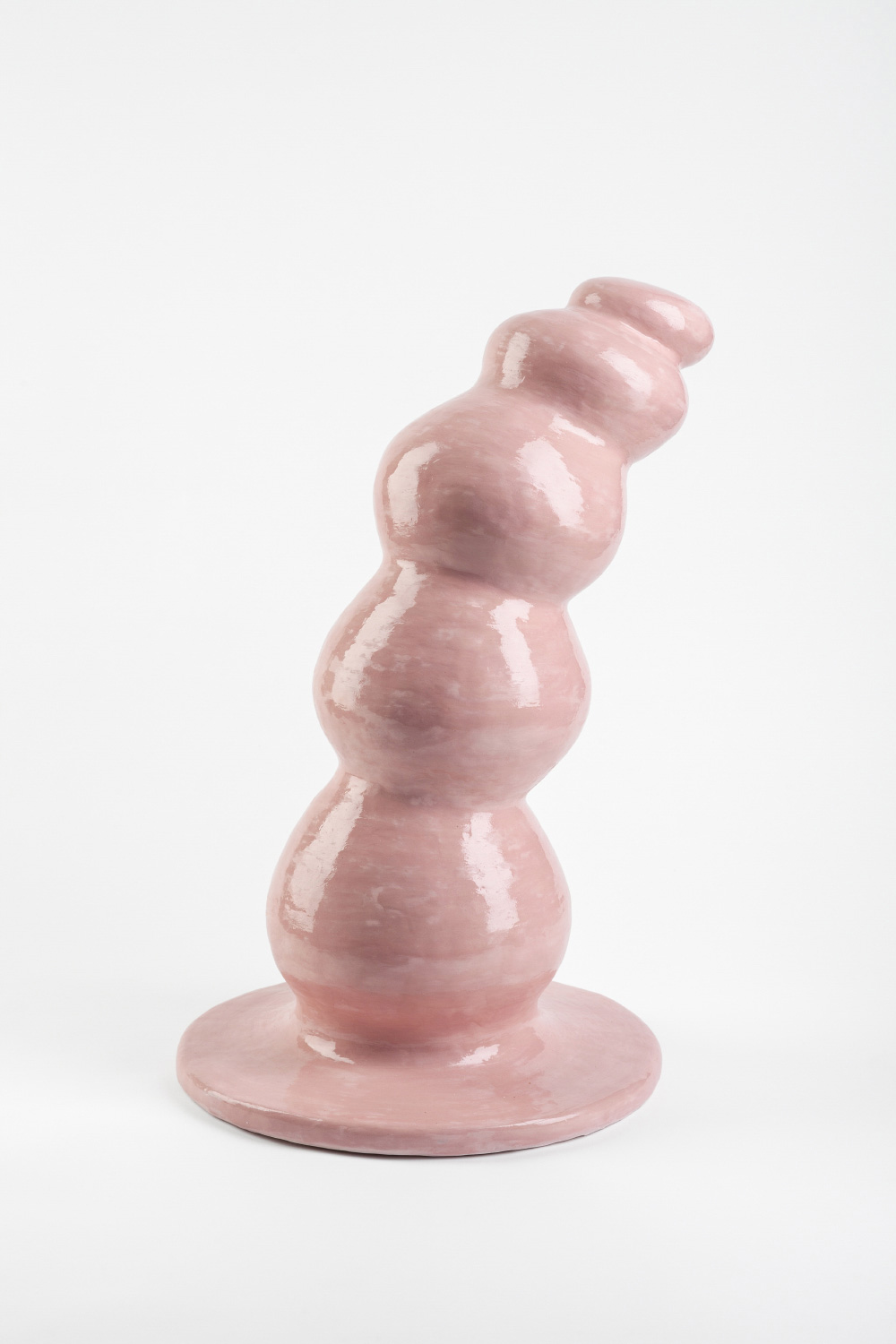
Loading Exhibition

“This is your better, smarter orgasm.” This is not how an escort or porn website advertises itself, but rather how Lioness, a smart vibrator that measures the contraction and relaxation of the pelvic floor, vaginal, and sphincter muscles does. An app visualizes the data and is designed to help the user enjoy their orgasms even more. Does the drive for self-optimization not even stop at masturbation? Or is this another step towards liberating the female orgasm?
The current generation of sex toys have moved away from the vibrators that became widespread during the sexual revolution of the 1960s. The smooth, edgeless surfaces of vibrators, clitoral suckers, and the like are as aseptic as images from “Fifty Shades of Grey.” Another similarity between that film, and sex toys today, is that neither have anything to do with pornography. They have become lifestyle products much like smartphones or iPads. They are no longer bought in dingy sex stores, but in hip pop-up stores. The shelves, online and offline, are dominated by products that have strayed far from traditional designs, from picture-perfect imitations of genitals to obscure shapes and forms. Industrial design has defeated the phallus.
In 2019, the prestigious Red Dot Design Award went to, among others, the “Cuddly Bird,” a clitoral massager with suction and vibration modes, it looks like a Kähler design vase from the Hammershøi series. The “Cuddly Bird”, like many other vaginal toys or butt plugs wouldn’t strike mom and dad as a sex toy if it stood between a candlestick and a vase on the coffee table. Today many vibrators can visually pass for abstract children’s toys rather than sex toys.
In her installation “Touch Me”, Jantje Almstedt plays with this (putative) contradiction. Oversized ceramic sex toys, glazed in bright colours, are spread out on the floor. Their smooth, sterile surfaces are contrasted by large-format digital prints on strips of fabric hanging from the ceiling, showing images of skin folds, body hair, and wrinkled bellies. Hands carefully and curiously stroke the bodies. What do these images do to us?
On the one hand side, late capitalism has stolen sex from us, and on the other hand, it has sold it to us again. It has made possible a society that is more pornographic than ever, and yet astonishingly prudish, as well as hostile to pleasure and the body. You can buy sex toys in almost every major drugstore, yet nudity is strictly sanctioned in public spaces. Have you ever tried walking around downtown topless as a woman? Have you ever tried to post a female nipple on Instagram? Even artistic images on social media are censored if they contain nudity, even if they’re by Nan Goldin or Caravaggio. At the same time, pornography is more readily available than ever. For many young people, online porn of every shade is not only their first contact with sexuality, but also a guide to acting out desires that have little to do with reality.





